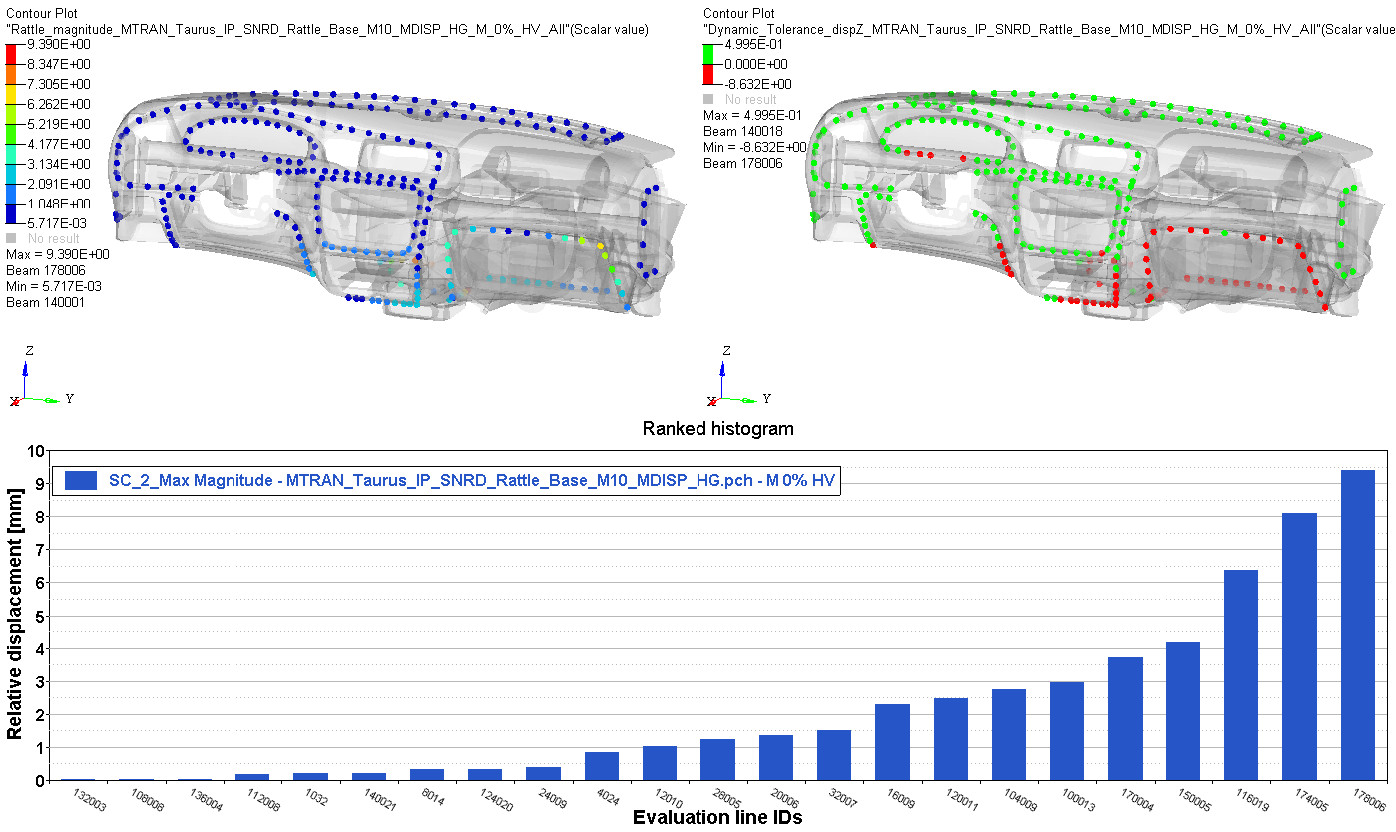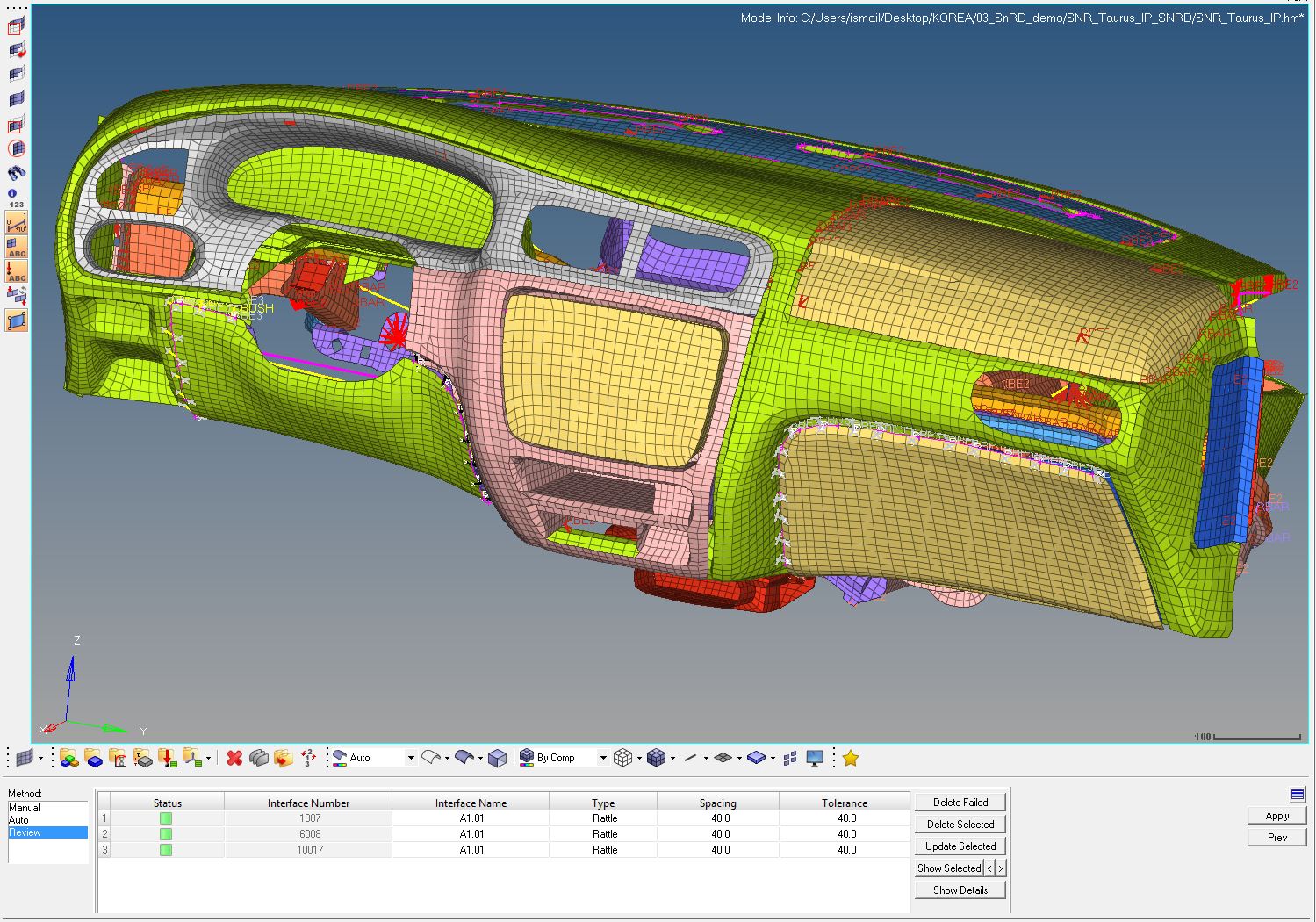The Move to Electric: Quiet Cars Cause Engineering Headaches
I recently moved to California in the U.S. from Gothenburg, Sweden, two locations where electric vehicles have rapidly grown in popularity in recent years. Although I’m yet to make the jump to a fully electric car myself, the technology is advancing at an astonishing pace with progress being made in batteries, driving range, charging times and the supporting infrastructure to back up this shift in personal mobility. Simulation technologies have made vital contributions to make this change possible, from the development of more efficient electric motors, to enabling engineers to develop strategies that reduce vehicle weight and maximise range from a single charge.
New technology, old problems
The trend for pure electric vehicles, however, has resurrected some old problems for engineering teams, not least in the discipline of noise, vibration and harshness (NVH) and my particular area of interest, squeak and rattle noise. NVH often deals in highly subjective measures where the “feel” of a car at different speeds and surfaces give the occupants a perception of the overall quality of the vehicle. While I hope I don’t need to test out the work of my colleagues in the crash and safety department anytime soon, I experience NVH from the moment I turn on the engine.
Squeak and rattle are the phenomena of materials such as leathers and plastics, impacting or rubbing against each other, causing undesirable noise and negatively impacting the perception of build quality. NVH teams have traditionally tackled the problem with extensive and costly physical testing processes and finding and correcting problems to reduce noises to an acceptable level. But electric vehicles make the problem much worse!
It all comes down to background noise. Vehicles with a combustion engine generate far more ambient noise than an electrically powered one. The squeaks and rattles that had previously been acceptable as the noise of the engine would mask them, are now clearly heard over the hum of the electric motor. This is compounded further by advances in glass materials and other noise dampening strategies that shields the driver from road noise in order to make for a more relaxed journey. That glove compartment with a barely audible rattle is suddenly a big deal, and drivers can respond with a bad impression of the brand or even a claim against the vehicle’s warranty with post-release fixes required.
A move away from physical test
In the wider scheme of NVH, interior squeak and rattle is often lower on the priority list, with teams focused on detecting and resolving major problems with ride characteristics. This is compounded by the fact that squeak and rattle problems can only occur several years into a vehicle’s life making the issue difficult to reliably test for using traditional physical prototyping methods. From my experience working with the likes of FIAT, PSA, Scania and more, waiting until prototyping begins is simply too late, and it’s impossible to accurately model five years’ worth of wear and tear using a physical test alone. What’s more, parts being tested in the prototype phase can be poor approximations of the final product and are unable to account for variabilities in manufacturing.
These variables are almost impossible to reproduce (without significant spend) so unsurprisingly, investigations into these parameters is relegated in importance – or forever left on the “if only we had more time” wish list. Let’s not forget that these physical test cycles are long and expensive and even if we do find problems, it can mean trying to make a retrospective fix, a felt patch plaster over the issue rather than effectively designing the cause of the noise out of the product from the start.
The answer to the problem is a simulation-driven approach, with less reliance on physical testing to ensure problems are identified and fixes are found earlier, before any physical components exists (more on that approach here).
[embed]https://altair-2.wistia.com/medias/exh9qq2r6r[/embed]I’ve personally had the pleasure of working with automotive companies throughout Europe, Asia and the Americas on implementing Altair’s squeak and rattle simulation solution to tackle this problem that’s been brought back to the forefront by electric. While there are groups in major car companies pushing ahead with a simulation-driven approach, it is not yet standard practice in this domain across the whole automotive sector.
Like everything in engineering, things are changing rapidly and the winners in the electric vehicle category will be those who develop quality, cost-efficient products where perception is judged as important as reality.
See how PSA is tackling this challenge in this recorded webinar. To learn more about simulation technologies that can help address this challenge, including Altair’s Squeak and Rattle Director, please get in touch to arrange a demo.







